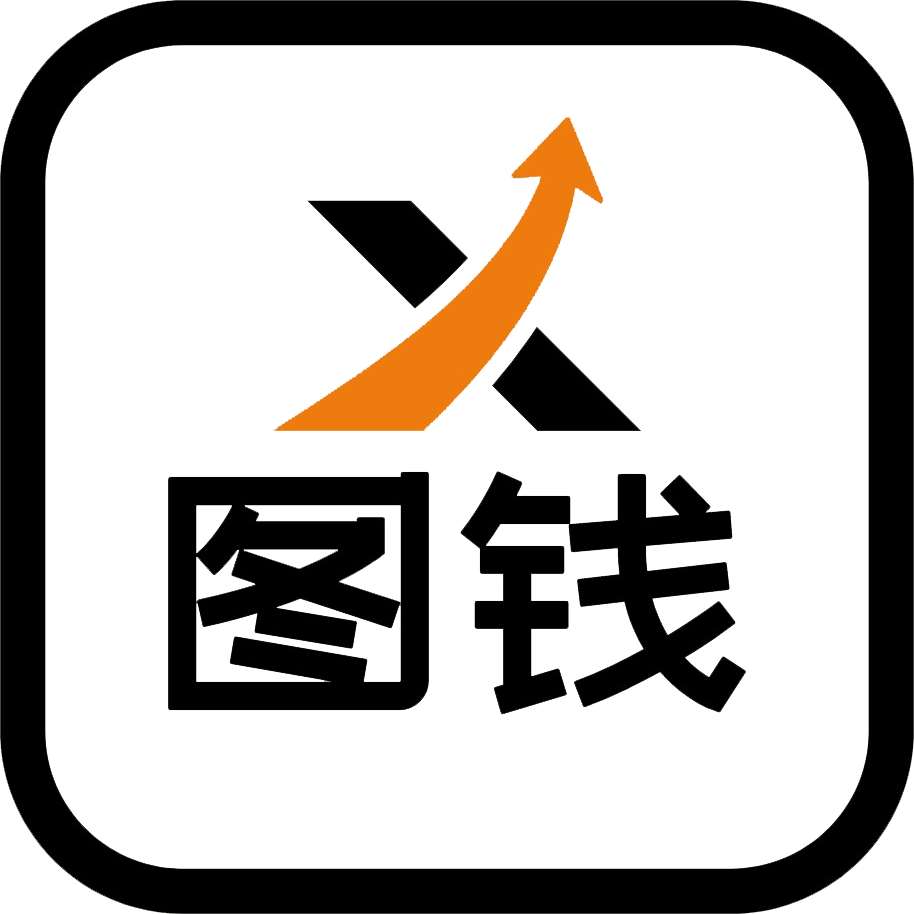Self-Organizing Network Equipment Procurement FAQ
Self-organizing networks (also known as MESH networks or ad hoc networks) are increasingly used in industrial monitoring, emergency communications, smart cities, and drone swarm systems. As demand grows, so does the number of inquiries from businesses and system integrators looking to procure the right equipment.
1. What is a self-organizing network (SON) device?
A self-organizing network (SON) device refers to a wireless communication unit capable of automatically discovering and connecting with other nodes in the network without centralized infrastructure. These devices are often used in MESH networks, where each node can relay data, forming a dynamic and decentralized communication system. SON devices are widely used in areas with limited infrastructure, like outdoor environments, mobile systems (e.g., vehicles or drones), and emergency response scenarios.

2. What are the key features to look for when purchasing SON equipment?
When evaluating SON devices, consider the following core features:
Automatic topology management: Ability to join, leave, and re-route without manual configuration.
Multi-hop transmission: Supports relaying data through multiple nodes.
Self-healing capability: Automatically reroutes traffic if a node fails.
Data throughput: Ranges from low-rate for sensors to high-speed for video applications.
Latency performance: Crucial for real-time applications like surveillance or voice.
Power consumption: Important for battery-powered use (drones, mobile units).
Frequency band: 2.4GHz, 5.8GHz, sub-GHz (e.g., 900MHz) depending on range and bandwidth needs.
Encryption & security: WPA2, AES-256, or proprietary standards to protect data.
3. How does a self-organizing network differ from traditional Wi-Fi or LTE networks?
Unlike traditional Wi-Fi, which relies on centralized access points, or LTE which depends on telecom towers, SON devices work peer-to-peer. Each device communicates with its neighbors, enabling multi-hop transmission and resilient coverage, even in areas with no infrastructure. This makes SON ideal for rapid deployment and mission-critical scenarios.
4. Do I need special software to manage the network?
Most professional-grade SON devices come with built-in firmware that handles routing and network management autonomously. However, centralized monitoring software is often available for diagnostics, node visualization, performance tuning, and firmware updates. For advanced users or integrators, access to open APIs or SDKs may also be provided for customization.
5. What is the typical communication range of SON equipment?
Range depends on multiple factors such as frequency, antenna gain, and environment. Typical estimates:
2.4GHz: ~100–300 meters per hop (urban), up to 1 km (line-of-sight).
5.8GHz: Higher throughput but shorter range (~50–200 meters).
Sub-GHz (e.g., 900MHz): Can exceed 5–10 km in open environments.
Using multi-hop mesh, the total coverage area can scale linearly with the number of devices deployed.
6. How scalable are self-organizing networks?
Self-organizing networks are inherently scalable. You can start with a small number of devices and expand as needed. However, the maximum node count depends on:
Routing protocol efficiency
Device processing power
Network traffic volume
Some advanced systems support 50+ active nodes, while enterprise-grade solutions can scale to hundreds, provided that the network is properly segmented and load-balanced.
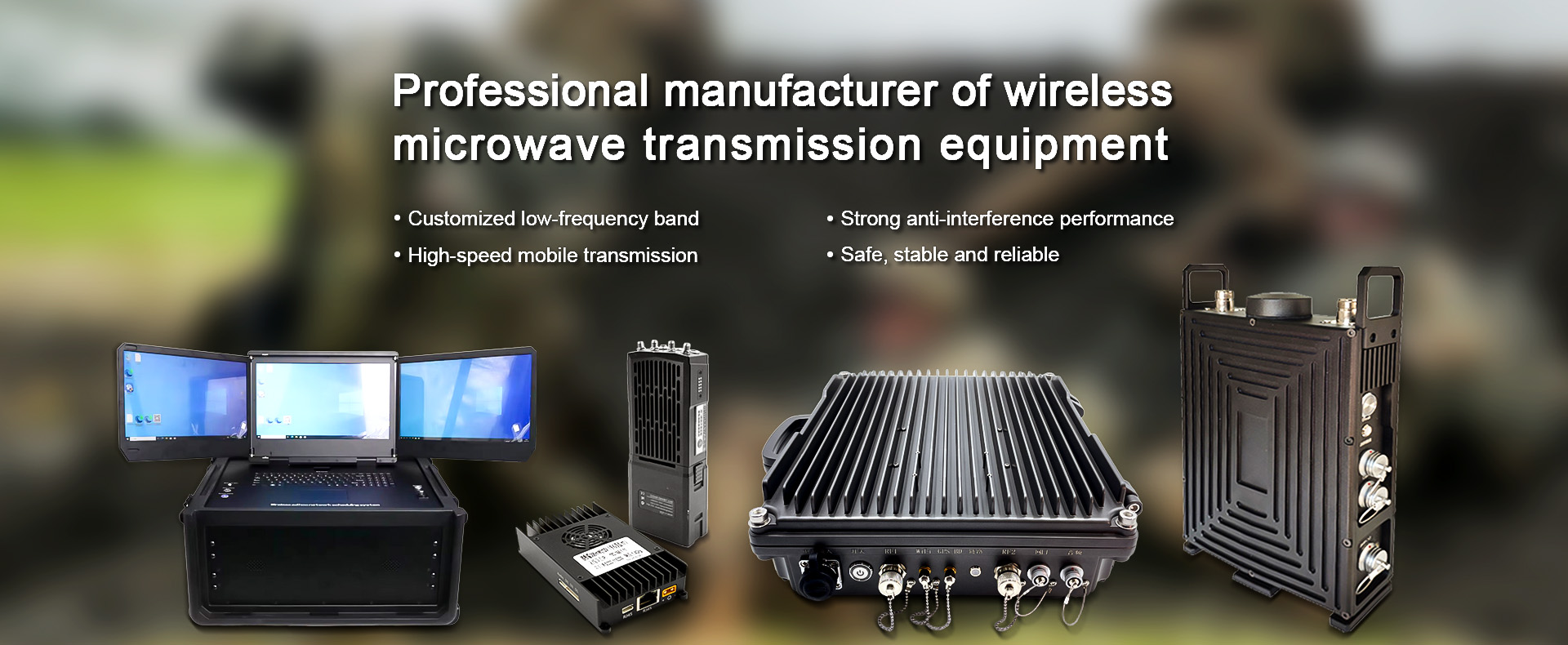
7. Can SON devices support video transmission and high-bandwidth applications?
Yes—broadband mesh devices support video surveillance, real-time control, and multimedia streaming. Look for equipment with:
Mbps-level data rates
QoS (Quality of Service) features
Dual-radio configurations (one for backhaul, one for client access)
MIMO support for improved bandwidth and reliability
For high-throughput use cases, 5GHz or dual-band devices are generally preferred.
8. Are SON devices compatible with my existing network?
Most self organizing network equipment can be integrated with existing networks through:
Ethernet gateways (bridging mesh to LAN/internet)
Wi-Fi/AP modes (dual-role devices)
Protocol-level APIs (Modbus, TCP/IP, MQTT for IoT systems)
Always verify interoperability with your current network topology, especially if you're integrating into an existing SCADA or cloud-based platform.
9. What’s the difference between consumer-grade and industrial-grade SON equipment?
Consumer-grade self-organizing network devices are typically designed for casual or home use. They often feature plastic casings and are suitable only for indoor environments with limited temperature variation. Their interfaces are usually limited to basic Wi-Fi, and they are not built for continuous 24/7 operation. Lifespan tends to be short, typically ranging from 1 to 3 years.
In contrast, industrial-grade SON devices are purpose-built for harsh environments and mission-critical applications. These devices are enclosed in rugged metal housings and often carry IP ratings (such as IP65 or IP67) for dustproof and waterproof performance. They are capable of withstanding extreme temperatures. Industrial devices support various interfaces, including Ethernet, RS232/RS485 serial ports, and I/O terminals. They are designed for long-term, stable operation and have a typical lifespan of 5 to 10 years or more.
If your application involves outdoor deployment, mobile platforms (like drones or vehicles), or continuous industrial monitoring, industrial-grade equipment is strongly recommended.
10. What are the typical costs involved?
Pricing varies based on features, build quality, and scale:
Basic modules (low bandwidth, 1–2 hops): $50–$150 per node
Mid-range industrial mesh devices: $200–$500 per unit
Advanced multi-radio broadband mesh routers: $800–$1500+
Additional costs may include:
Antennas
Power modules
Mounting hardware
Software licenses
Maintenance or firmware support
Requesting a quotation based on specific needs (e.g., data rate, range, node count) is recommended for accurate budgeting.
11. What certifications should I look for?
Depending on your country and industry, look for:
CE / FCC: Basic radio compliance
RoHS / REACH: Environmental and safety compliance
IP Ratings (e.g., IP67): Dust and water resistance
MIL-STD / EN50155: Military or railway applications
ATEX / IECEx: Explosion-proof environments
12. What support and warranties are typically offered?
Reputable suppliers usually provide:
1–3 year warranties
Firmware updates
Technical support for integration
Online documentation and SDKs
Be sure to verify post-sales support and repair/replacement policies, especially for mission-critical deployments.
Conclusion
Purchasing self-organizing network equipment is a strategic decision that goes beyond just choosing a device—it requires evaluating performance, reliability, integration, and total lifecycle support.
Whether you’re deploying a tactical drone swarm, building a smart city mesh backbone, or setting up a mobile field network, asking the right questions—and getting the right answers—can ensure your system is scalable, secure, and future-ready.
Still unsure what to buy? Contact Tuqian professional solution provider for a tailored consultation based on your industry and application.
-
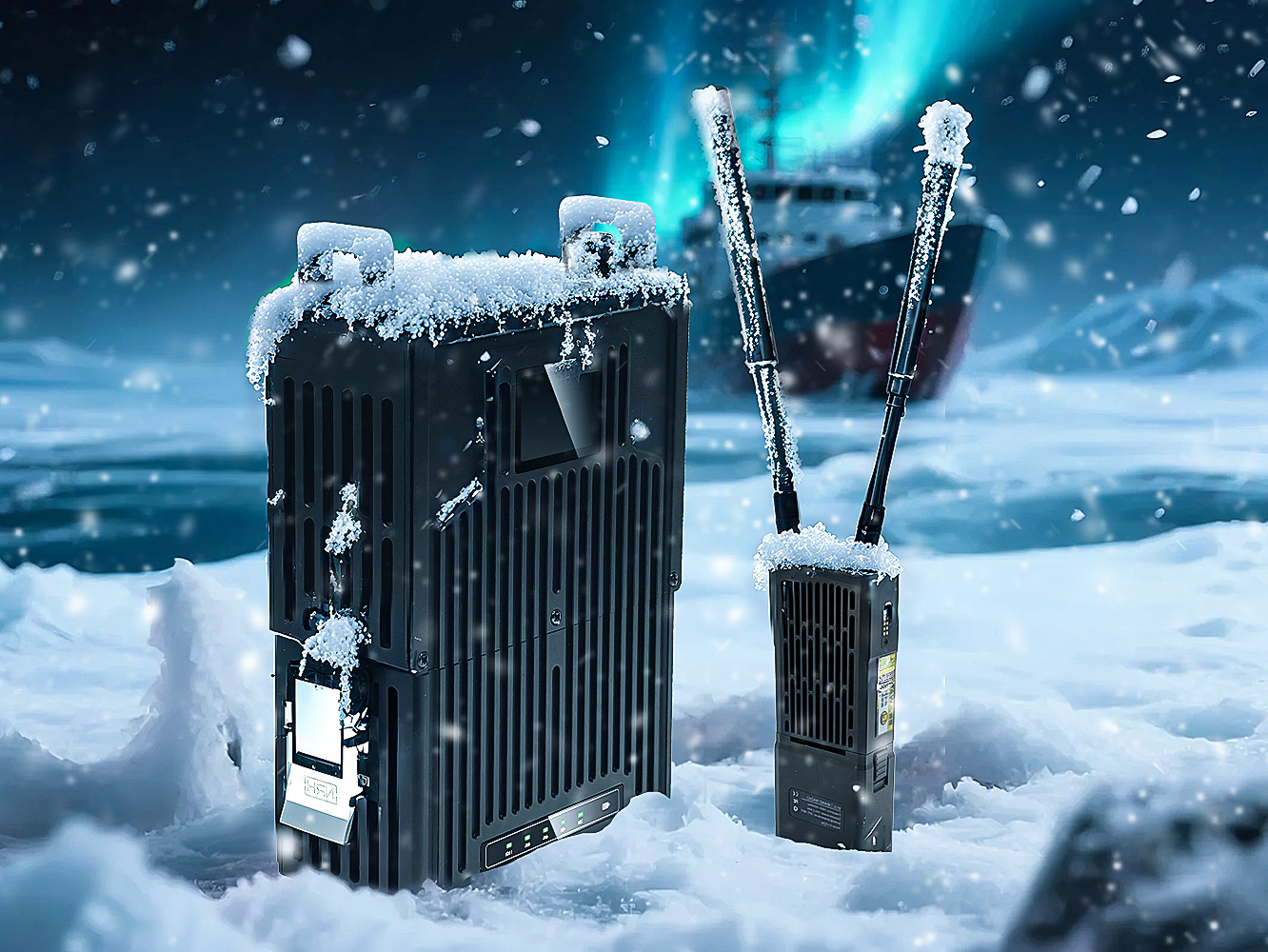 2025-10-24
2025-10-24 -
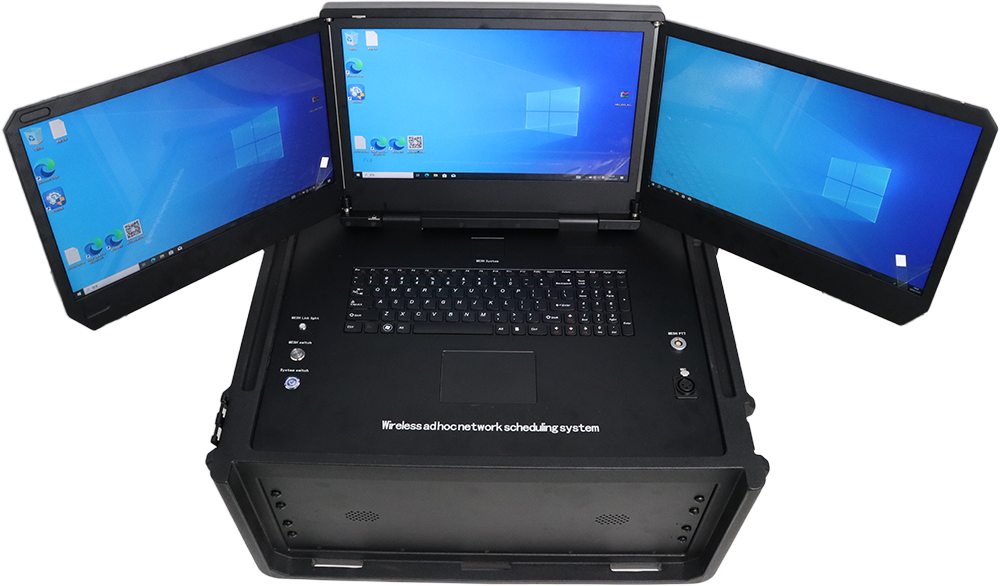
What is an Emergency Communication System and How Does It Work?
2025-09-16 -
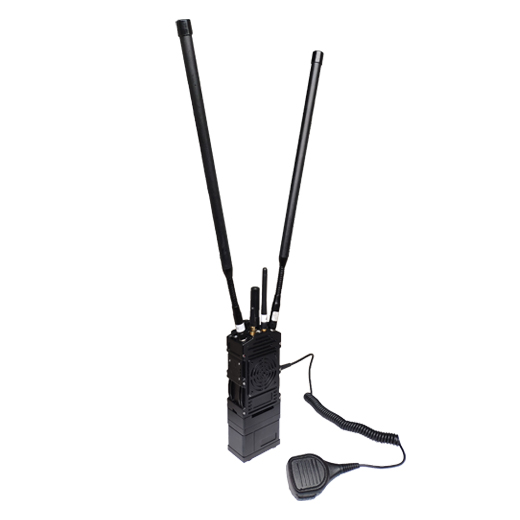
What Is Point to Point and Point to Multipoint Wireless Network?
2025-09-05 -

What Are the Two Types of Microwave Transmission?
2025-08-29 -

Multi-Node MESH Networking: Principles and Real-World Applications
2025-08-18 -

What Is the Difference Between Radio and Microwave Video Transmission?
2025-07-30 -
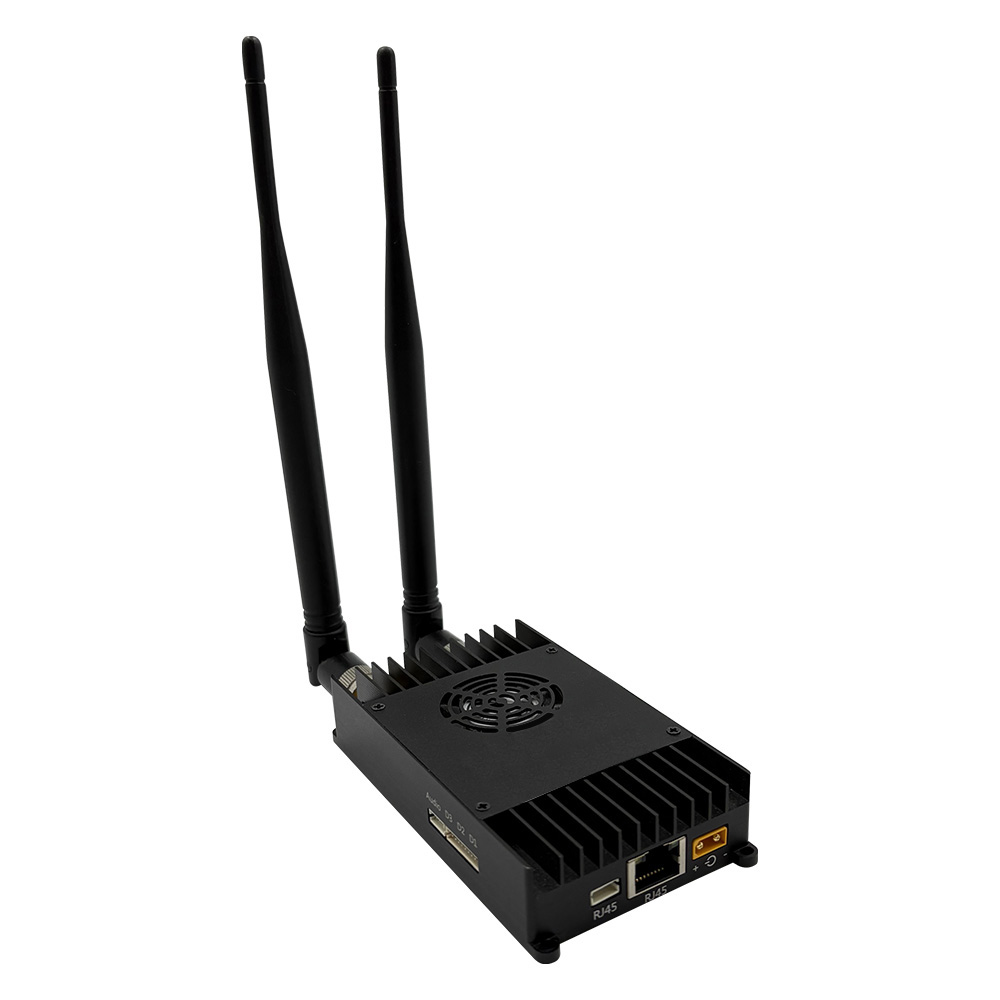
Unmanned Aerial Vehicle Transmission Equipment Communication Solution
2025-07-24
